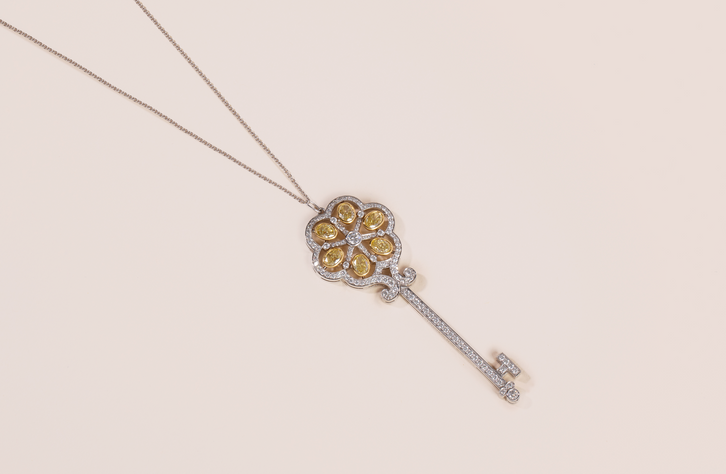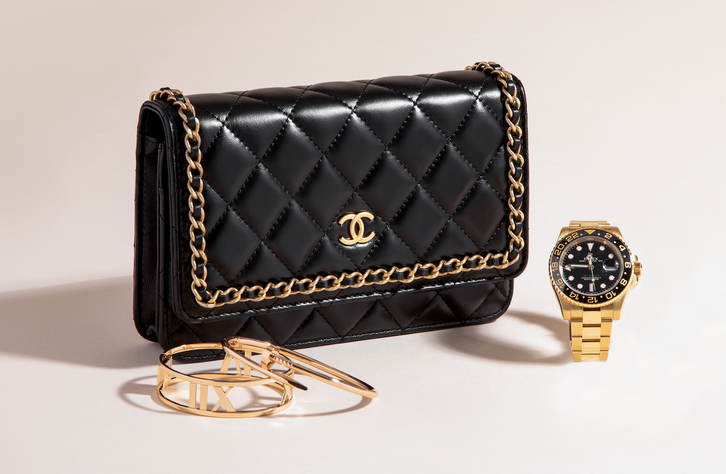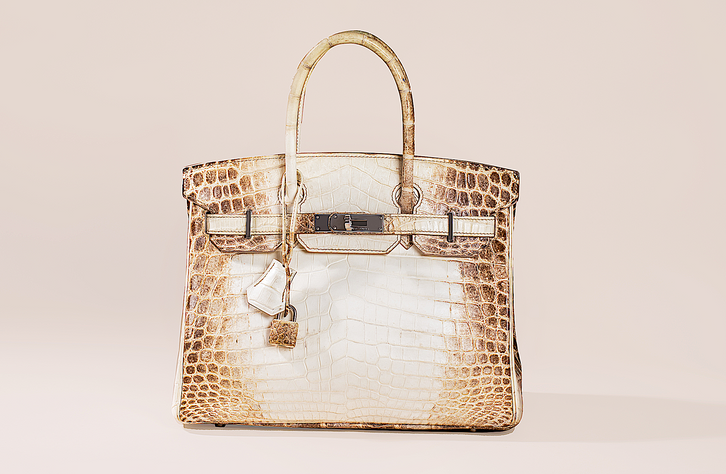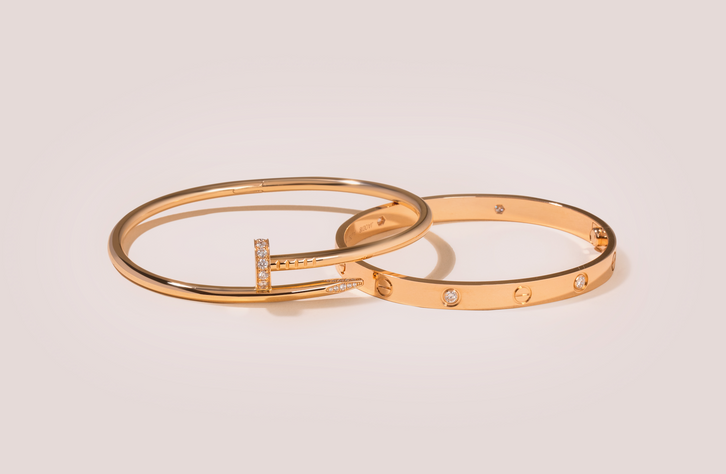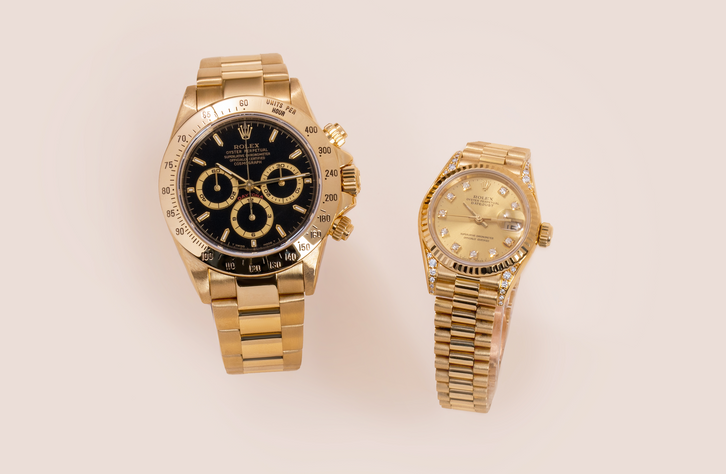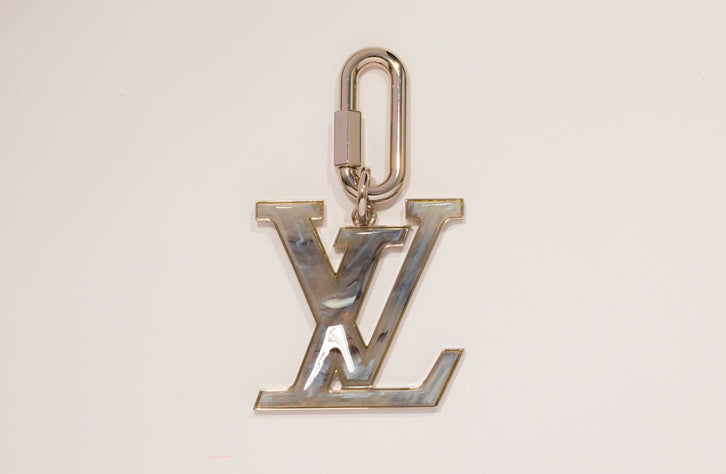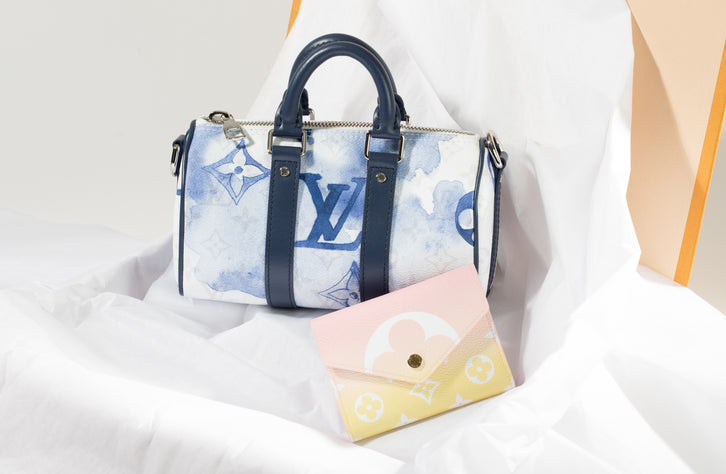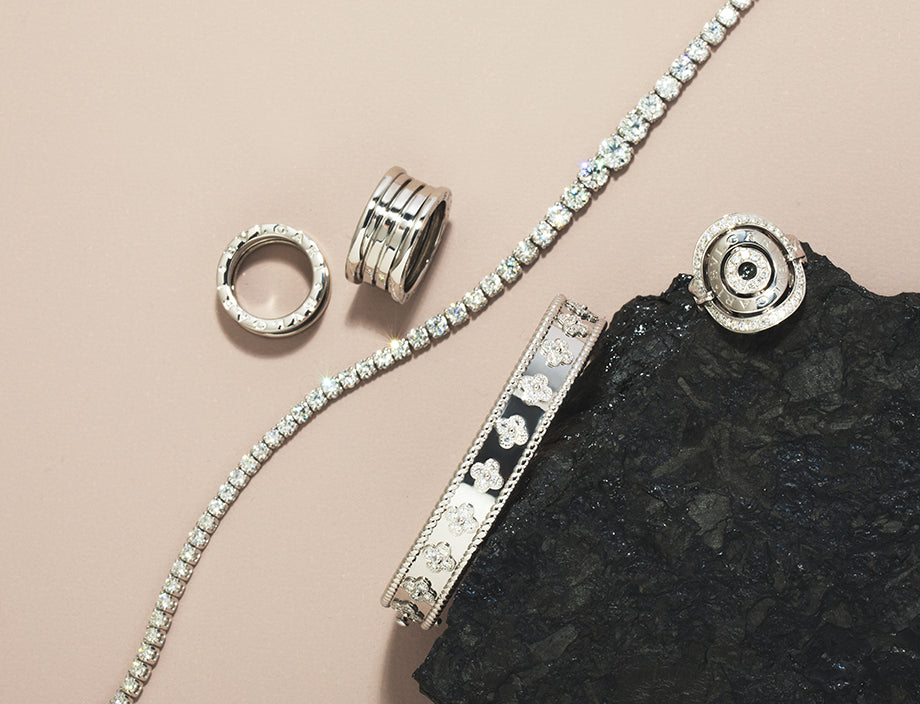Many potential diamond sellers can be surprised and confused by the first offers they receive. So let’s address some common misconceptions about selling diamonds and provide some insight into the reality of selling diamonds.
The Reality Of Selling Diamonds
- How much is my diamond worth on the secondhand market?
- How is the secondhand value determined?
- Retail value vs. appraisal value vs. secondhand value
- Why is the retail value so much greater than the secondhand value of my diamond?
- Why is the appraisal value so much greater than the secondhand value of my diamond?
How Much Is My Diamond Worth On The Second-Hand Market?
The most important thing to understand is that: the second-hand market price for a diamond item is typically 25% to 40% of the original retail price.
Why? Well, contrary to popular belief, diamonds are not an investment. The reality of selling diamonds is that high mark-ups at the retail level mean that you may only receive a fraction of the price you paid for your item. Only in very, very rare circumstances will you be able to receive a price comparable to the original purchase price. A quick overview as to why diamonds depreciate in value after purchase:
- Extremely high retail markups that cannot be recouped at resell.
- Used jewelry is often very undesirable on the secondhand market, equating to low secondhand prices. In the case of engagement and wedding rings, few couples are looking to purchase used rings. Much like when a car is driven off the lot, once it is used it loses value.
How Is The Value Of My Diamond Calculated?
The secondhand value of a diamond is determined by a few factors:
- 4 C’s – The 4 C’s of diamond grading (carat weight, color, cut, and clarity) have a large impact on the value of your diamond.




- Condition of Item – The better the condition of your diamond item, the more it will fetch on the secondhand market. Chipped diamonds for example, will need to be recut and therefore lose in value.
- Market Conditions – Certain styles of diamonds and diamond jewelry will be more popular than others on the secondhand market at the time of sale. The more in-demand your style of diamond or diamond item, the more value it has.
Retail Value VS. Appraisal Value VS. Second-Hand Value
Understanding how the secondhand value of your item compares to its retail and appraisal value can be very helpful as you embark on the selling process.

Why Is The Retail Value So Much Greater Than The Second-Hand Value Of My Diamond?
The retail value is so much higher than the secondhand value of your diamond because of:
- Operating Costs – Jewelers cover large operating costs, such as rent, wages, advertising, etc. by marking up the prices of their goods. The higher the mark-up, the more profit the company can turn.
- Brand Name – Many designer jewelers know there is a greater demand on the market for their diamonds, so they often charge a premium for their brand name items.
- Sales Tax – Sales tax can add up to 8% to the retail price. For an expensive item like a diamond, sales tax can be very high.
- Low-Volume Sales – Jewelry retailers often have high mark-ups due to the low-volume nature of the industry. Jewelers typically do not sell items regularly, meaning that when they do, they must sell them at a high profit margin, unlike clothing or other stores that can operate at a low profit margin because they deal in high volume.
Why Is The Appraisal Value So Much Greater Than The Second-Hand Value Of My Diamond?
The appraisal value is so much higher than the secondhand value of your diamond because:
- Insurance Companies Benefit – Oftentimes, appraisals are used to determine the insurance value of a diamond. Inflated insurance appraisals mean an insurance company can charge more to insure your item, an item which has a much lower replacement value. By inflating appraisals, insurance companies are able to turn a profit.
- Jewelry Stores Benefit – Inflated insurance appraisals can make customers feel like they are getting a competitive price for their good. Jewelers will often inflate appraisal values to make customers happy and increase sales.
